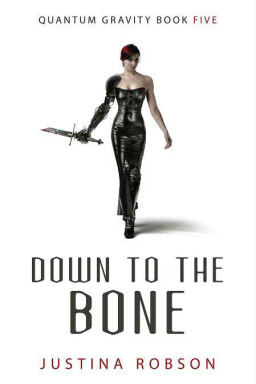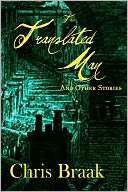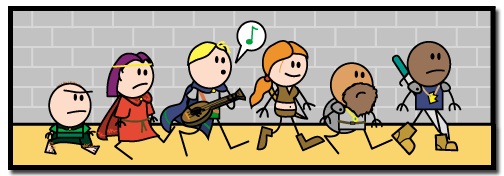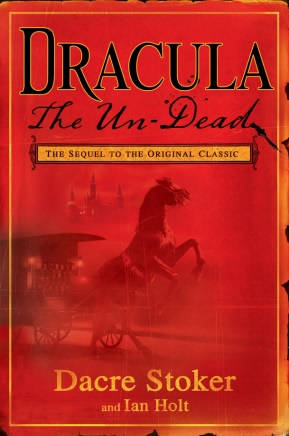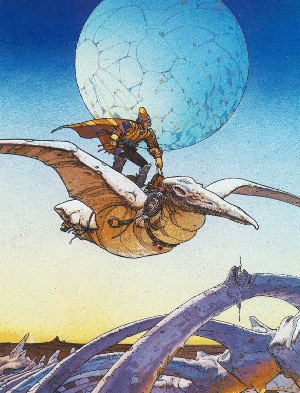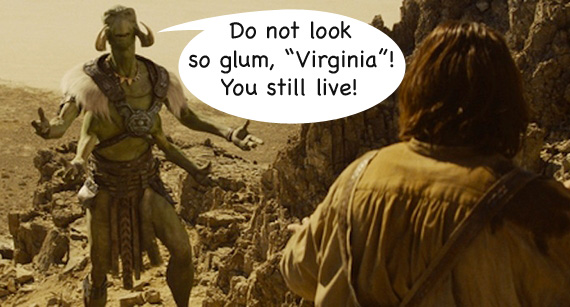Orson Scott Card’s The Lost Gate
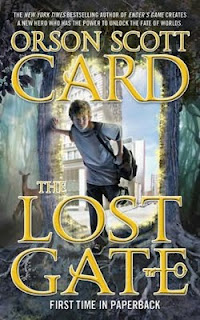 The Lost Gate (Amazon, B&N)
The Lost Gate (Amazon, B&N)
Mither Mages Book 1
Orson Scott Card (Tor, $7.99, Jan. 2011)
Reviewed by Andrew Zimmerman Jones
As I mentioned in my recent review of the short story collection Keeper of Dreams, I’ve been a fan of Orson Scott Card since reading Ender’s Game and Speaker for the Dead as a teenager and have read most of his novels. In my experience, this is a very hit-and-miss proposition, especially when it comes to series.
The Lost Gate demonstrates some of the best and worst of Orson Scott Card’s writing at the same time, which makes me think that it’s a toss-up as to how the series as a whole will ultimately go. The setting and magical system – which Card’s been carrying around in his head since the late 70’s – contain a lot of potential, but the narrative seems to also go on pointlessly for many pages, getting bogged down in relative minutiae and plot threads which never go anywhere. Some of these might be setting the stage for future books, of course, but right now they just seemed out of place, distracting, and somewhat haphazard.
The story focuses on Danny North, a boy who has grown up among the remnants of ancient demigods, trapped on Earth centuries ago when the Norse god Loki destroyed all the gates linking this world to their home realm. While his various cousins have learned how to manipulate their basic magical energies, he has manifested no such talents … until he realizes that he has the rarest of gifts. He is a gate mage, possessing the ability to create portals from one location to another.
Unfortunately, after the devastation that Loki wrought, his family has vowed to destroy any gate mage that they find, including Danny. Forced to go on the run, Danny has to learn more about our modern world, his own powers, and how he wants to wield this power … in the service of himself or others. …
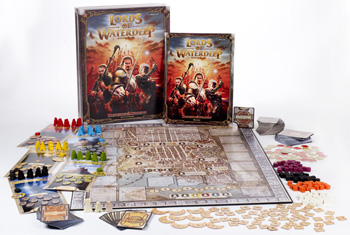 Lords of Waterdeep
Lords of Waterdeep 